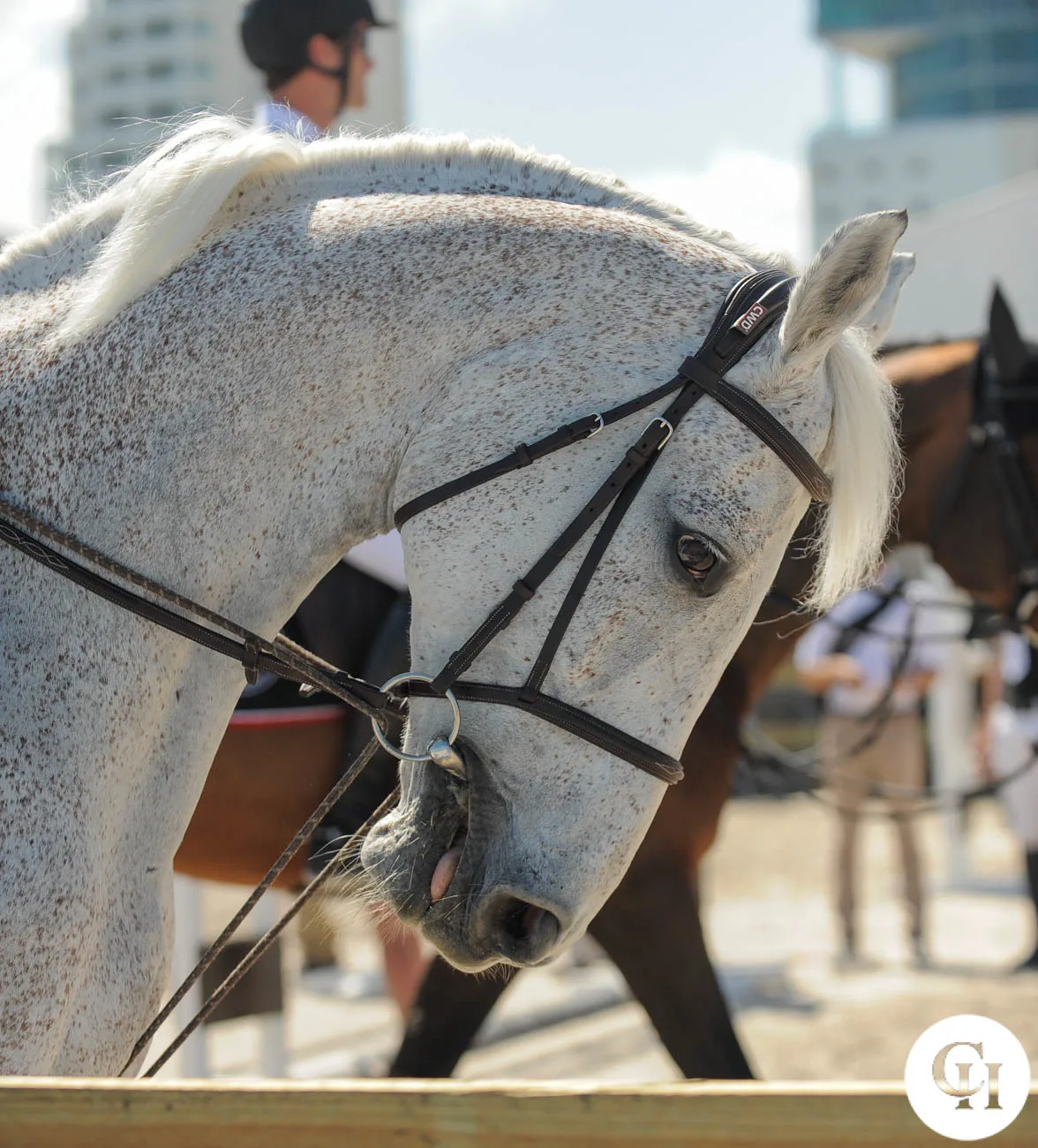U.S. Hunter Jumper Association members have until the end of the month to comment on rule change proposals up for discussion at the USHJA Annual Meeting, which takes place Dec. 9-12 in Tucson, Arizona. Initially 45 rule change proposals were released—you can read about them here—but since Oct. 10, 10 additional proposals have been added to the docket.
All of the rule change proposals are available on the USHJA website, each listed numerically by a three-digit tracking number that includes links to view or comment. Use the tracking number, listed in parentheses at the end of each description below, to find details of a specific proposal on the website.
Only one of those proposals was put forth by USHJA, which states that any rider competing in USEF high performance standard or CSI3* classes offering $25,000 or more in prize money isn’t eligible to compete in classes in the 1.20/1.25-meter or lower junior/amateur jumpers when multiple height sections are offered for junior/amateur jumpers at the same show. (056)
The balance of the new proposals came from the U.S. Equestrian Federation and apply to all USEF breeds and disciplines unless superseded by a rule in the breed or discipline section of the USEF rulebook. All of USEF’s new rule change proposals are considered extraordinary rule change proposals and go into effect April 1, 2025.
The newest proposed rule changes would:
• Remove the qualifying criteria and requirements for officials for the USEF Show Jumping Talent Search Finals from the rulebook, to allow for greater flexibility in adjusting these aspects of the finals. (047)
• Give the judge, steward or technical delegate, in consultation with the competition veterinarian, the power to eliminate a horse who is not sound or fit to compete (048).
• Permit the use of human and equine biometric sensors in competition. (049)
ADVERTISEMENT
• Combine the prohibited practices and equipment rules and add additional prohibited practices. It is not intended to be an exhaustive list of prohibited practices in equipment. (050) Within this rule changes, prohibited practices would include:
- The excessive use of draw reins for an extended period of time, or using draw reins in a manner that restricts the horse’s head near or between its knees or with its neck hyperflexed.
- The use of tack nosebands or nosebands that have been augmented—regardless of whether manufactured that way or altered after purchase—in a way that causes or is likely to cause a horse pain, distress or unnecessary discomfort.
- The use of rubber bands or equipment that restricts the movement of a horse’s legs, head or neck.
- The prohibited practices and equipment rules also would require stalls, including those where a horse is housed or being cared for, to be open and observable from the aisle. The largest opening and line of sight into a stall must not be obscured or covered. If stalls are used as changing spaces, Minor Athlete Abuse Prevention Policies must be observed.

• Change several parts of the exhibitor safety equipment section of the rulebook, including to require exhibitors to wear a helmet unless otherwise stated in the division rules and remove the provision that allows adult exhibitors to remove their helmet during prize-givings or laps of honor in hunter or jumper competition. An additional change includes a provision for saddle attachments which states, “No piece of equipment shall be attached to a saddle that has an upward-pointing projection, hook, or similar rigid object capable of catching a rider’s clothing or person when dismounting, including stirrups.” (051)
• More closely align the USEF blood rule with FEI rules. A horse with blood on its flank or in its mouth would be eliminated. In the cases of minor blood in the mouth, where the horse appears to have bitten its tongue or lip, a steward or technical delegate could allow the mouth to be rinsed or wiped to see if the bleeding continues. If there is no fresh blood, the horse may be allowed to continue competing. Elimination for blood found elsewhere on the horse is up to the judge, steward or technical delegate’s discretion, however, if it is deemed to have been caused by tack or equipment, the horse must be eliminated. (052)
• Simplify the return-to-sport process for anyone who falls during a competition. The person must be examined by the competition medical personnel before being allowed to resume. Anyone with signs of a concussion will be placed on the medical ineligibility list until they are examined by a physician, physician’s assistant or nurse practitioner and have filled out the “Return to Sport” form. Competition managers cannot accept entries from anyone on the medical ineligibility list. The steward or technical delegate must submit an accident/injury report within 24 hours of an incident resulting in a concussion. In the case of serious injury or fatality, they must also immediately notify the federation and submit a report within 24 hours. (053)
• Compel members to cooperate with investigations carried out by, or on behalf of, the federation in relation to possible rule violations. It also prohibits obstructing investigations either by concealing or destroying relevant information or preventing another person from participating in an investigation. (054)
• Allow only licensed veterinarians to administer shockwave therapy on competition grounds and prohibit shockwave from being administered within 12 hours prior to competition. Within three days preceding competition, shockwave can only be administered to the back and dorsal pelvis areas. All other uses are prohibited three days ahead of competition. The effective date of this rule would be March 1, 2025. (055)
USHJA members may comment on any of the rule change proposals online through Oct. 31.














